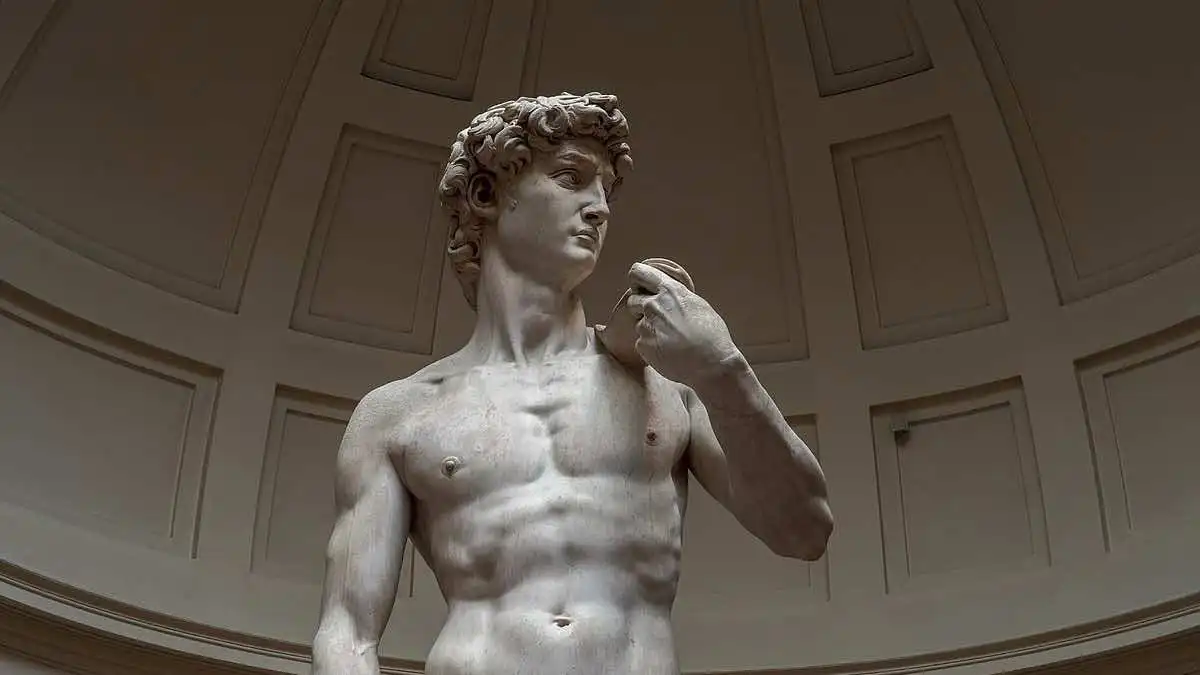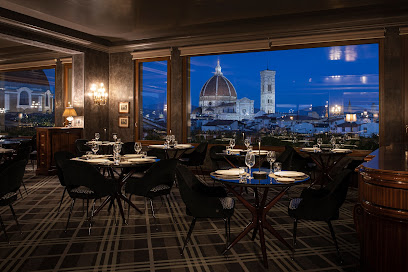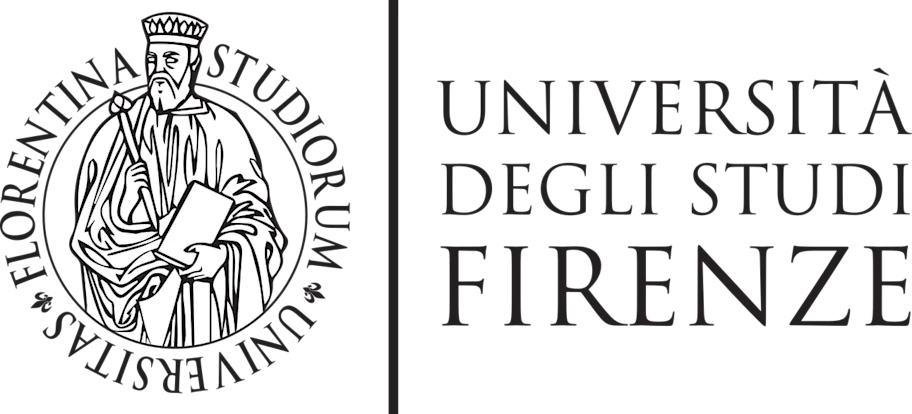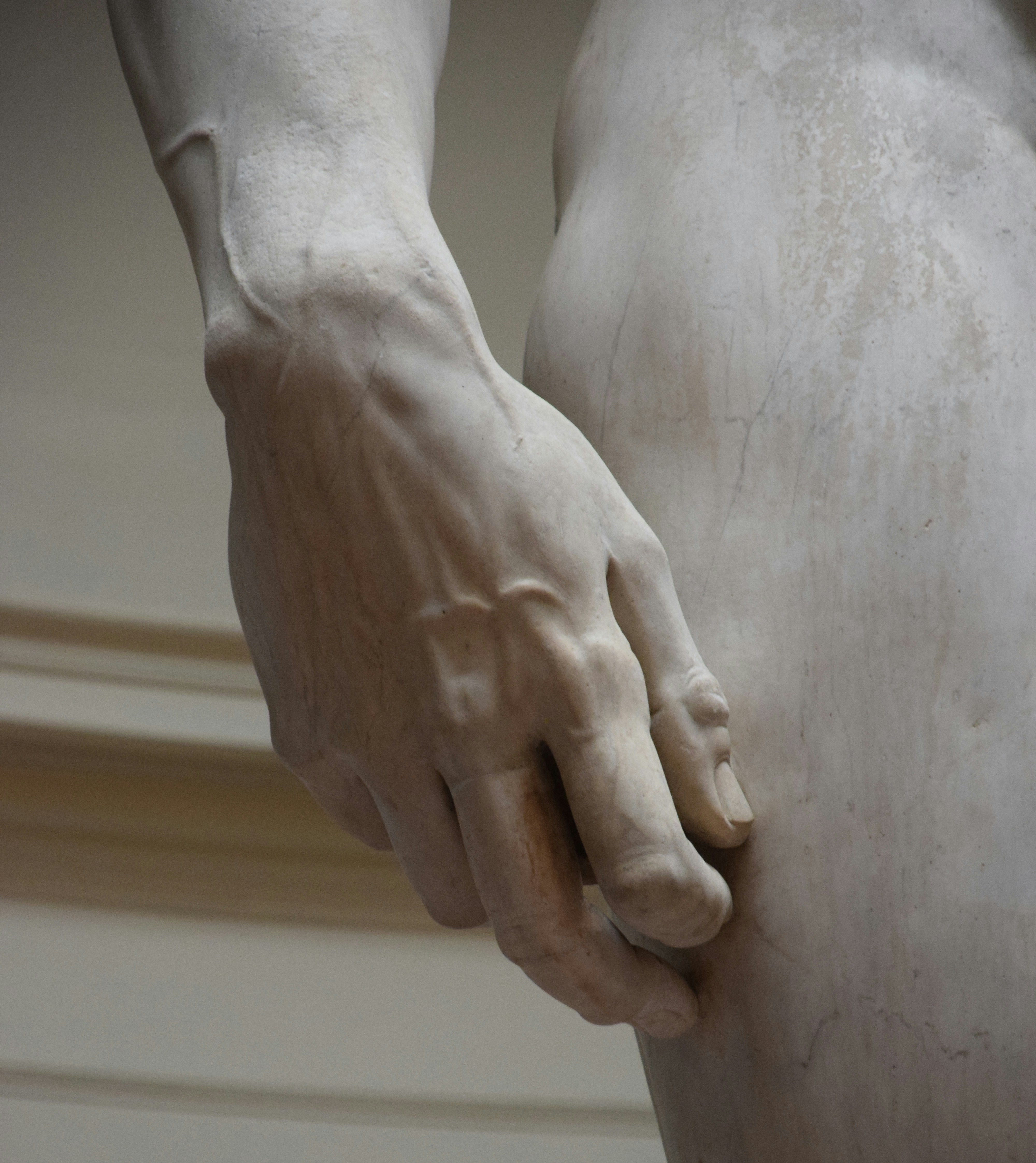Welcome to IHSI 2026 in Florence, Italy
|
|
|
IHSI 2026 Conference Address:Università degli Studi di Firenze - Plesso Santa TeresaAddress: Via della Mattonaia, 14, 50121 Firenze FI, Italy (Google Maps)
Conference Reception: 19:30 - 22:00, Wednesday Feb 11, 2026Location: Resturante Florence B-RoofAddress: Piazza dell'Unità Italiana, 6, 50123 Firenze FI, Italy
|
 City of Florence (Source:
Viator Discover Italy)
©Image by Jonathan Körner
from Unsplash
|
|
|
 David is a masterpiece of
Italian Renaissance
sculpture in marble
created from 1501 to 1504 by
Michelangelo. ©Image by
Taylor Smith from Unsplash (Source: Discover Italy by
Alitalia)

|
Recommended Hotels:
A lot of accommodations can be found in Florence, including B&Bs, hostels and apartments. Here a list some options:Hotel Regency – https://www.regency-hotel.com
Hotel Eurostars Florence Boutique – https://www.eurostarshotels.it
LPH Hotel River & SPA – https://www.hotelriver.com
FH55 Hotel Calzaiuoli
Address: Via Calzaiuoli 6, Florence, FI, 50122
Website: https://www.guestreservations.com/fh-hotel-calzaiuoli
Orto De Medici Hotel
Address: Via San Gallo 30, Florence, FI, 50129
Website: https://www.guestreservations.com/orto-de-medici-hotel
For economical options: B&B Hotel Firenze City Center – https://www.hotel-bb.com
Transportation - Directions: How to
reach Florence University from Florence Airport (FLA)
The city has its own international airport (Amerigo Vespucci)
and Pisa International Airport is just 50 km away.
Florence is a major high-speed railway hub with trains leaving
regularly for the whole of Italy. Florence is located on the
main Italian motorway, the A1, which connects Milan and Naples.
The fastest way to get from Florence Airport (FLR) to University of Florence is to taxi which takes 9 min and costs €18 - €22. More information here.
By Train:
Firenze Santa Maria Novella is the main station in Florence. It is located in the city centre and is a major transport hub on the Milan-Naples line, well connected to major Italian cities by high-speed train. Regional trains also arrive and depart from Santa Maria Novella several times per hour, connecting Florence to other cities in Tuscany. There are also inter-regional and international trains.
Florence, Italy
For over a millennium, Florence has been a global icon of beauty. Even its lesser-known neighborhoods are a delight. Florence is cradle of the Renaissance and the world capital of art in the 15th century, it boasts one of the oldest historic centres and some of the most famous museums in the world, as well as one of the most iconic and distinctive landscapes as far as the eye can see. Everything in Florence is spectacular: from the shops to the streets that lead to the hills overlooking the most touristy areas, from the most authentic and popular neighbourhoods, just outside the historic centre, to the monuments that exhibit its soul.
Standing tall at the heart of historic Florence, the spectacular Duomo marks the spot for Cathedral of Santa Maria del Fiore. Featuring beautiful terracotta roles, this dome is the most iconic symbol in Florence and one of the largest churches in Europe. Also known as the Duomo Cathedral, this majestic structure set the scene for the Italian Renaissance and went on to inspire a legion of architects and artists on the continent. Moreover, the cathedral was built in dedication to the Virgin of Flowers and remains an important landmark for both locals and tourists. In fact, the nearby bell tower and baptistery are both among the most visited attractions in the city. The Duomo is the most recognizable building in Florence and a must see on a visit to the city.
David ©Image by Taylor Smith from Unsplash (il Duomo) (Source: Discover Italy by Alitalia)
The city that symbolizes the Renaissance, Florence is the home to one of the most important museums in the world, the majestic Uffizi Gallery, it enthrals with its architectural treasures, historic churches, art galleries brimming with masterpieces, and romantic bridges crossing the Arno. The banks of the Florentine river themselves offer splendid views, and all around rise the magical Tuscan hills. Here, the artistic heritage is unparalleled, or nearly unparalleled in the world, but we feast in honour of the noble and varied Tuscan traditions of gastronomy and wine-making.



